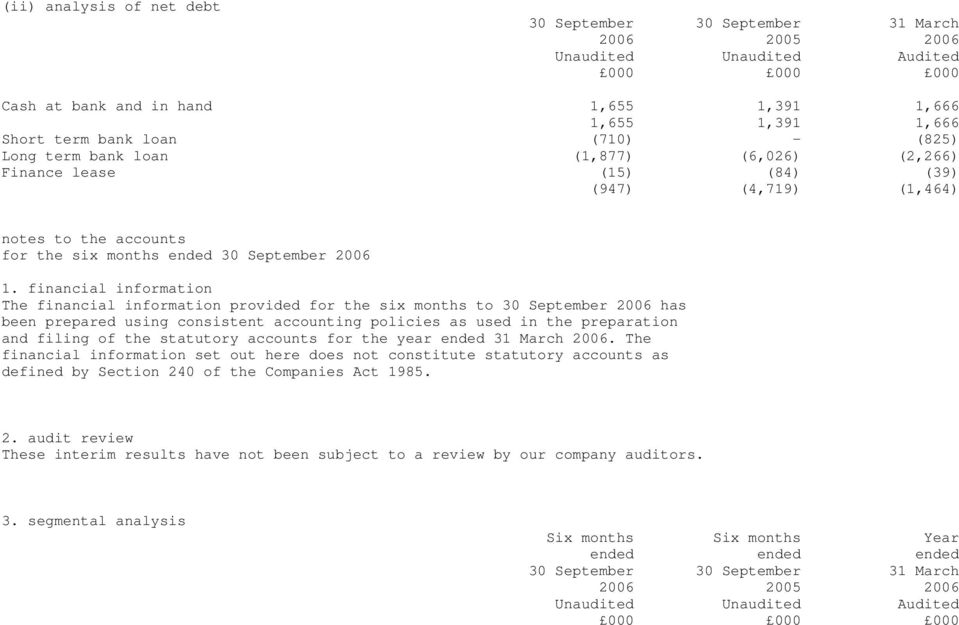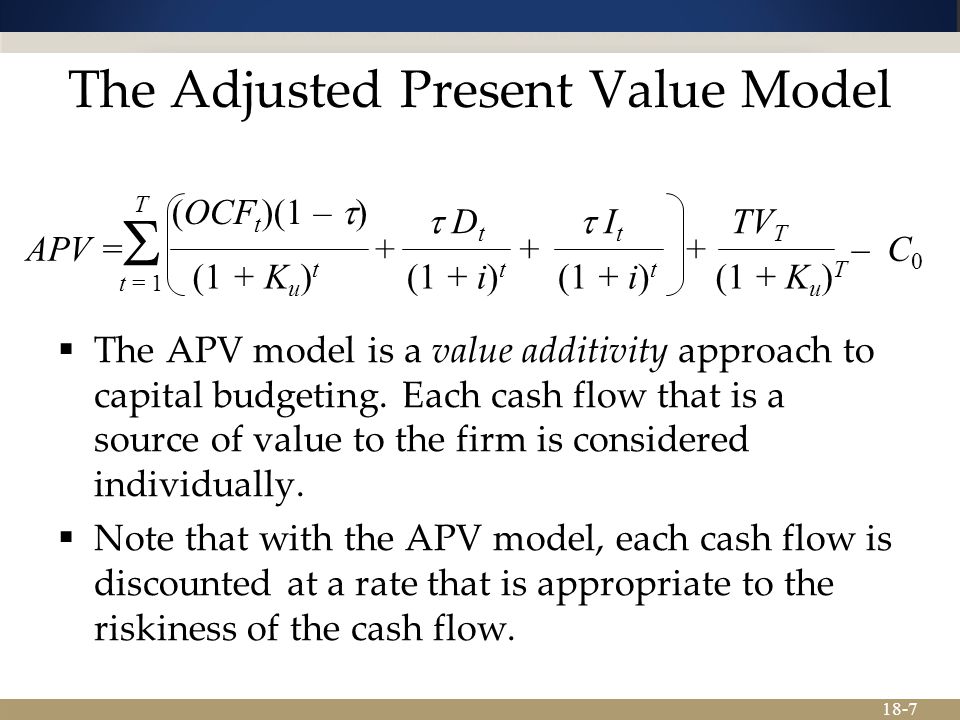
Tracking hours for invoicing in the most efficient, accurate way is key to lawyer productivity and maximizing billable hours. By tracking time more accurately, you can help yourself meet billable hours targets. You’ll also ensure clients are invoiced correctly and clearly, contributing to an optimal client centered experience. While the firm still has to pay the lawyer, if a client cannot be billed for the time, non-billable hours are actually costing the law firm money.
Where The Billable Hours Are Reasonable… – Above the Law
Where The Billable Hours Are Reasonable….
Posted: Thu, 27 Jul 2023 07:00:00 GMT [source]
In many businesses and agencies, billable hours are how workers earn their money. A billable hour is any time spent working on assignments or tasks that relate to clients’ requests. Tracking billable hours against the revenue generated helps consulting firms assess the profitability of different projects or clients. This analysis enables firms to identify high-value clients and projects, as well as those that require adjustments to pricing or scope.
Pro Tip: How to Decide Between Billable Vs Non-Billable Hours?
Billable hours also help to avoid any possible misunderstanding with clients as the matter of who is doing what. Billing in such way helps to show what activities are being done under the scope of the project and, therefore, need to be paid for with the client’s money. By tracking time, you can aim to ensure that the profits you receive for your billable time covering the costs of those activities that do not bring profit to your business. If you run a team, tracking your non-billable hours will help you figure out where your team members are the most productive. For example, let’s say client X has asked for a multitude of changes to a project where you spent 15 extra non-billable hours for the month. Tracking your non-billable hours may seem counter-productive, but it’s essential to running an effective business.
You can use spreadsheets to do so, but you might end up throwing in more non-billable hours. That means it’s good to try and reduce non-billable hours as much as possible while ensuring you increase billable hours. Non-billable hours include attending resource allocation internal meetings, submitting progress reports to one’s senior or supervisor, and more. Examples of instances that are difficult to itemize include billing for meeting attendance, communications, and correspondence. In such cases, your organization has invested time as well as resources.
Optimize profitability and streamline operations using these essential reports. This article offers a full guide to creating invoices for your services. It would be best to work with a time-tracking app to save yourself a lot of productive business time.
Consultants
Billable hours are how long you spend doing a project or activities directly related to a specific client. However, many law firms and attorneys struggle when defining the exact tasks that can be billed to the client when they are completed by a paralegal. In IT companies, or service companies in general, non-billable hours also include the work from marketing, sales or other support departments, as they do not participate in the projects as such. In short, non-billable hours are all the hours that customers cannot be charged for, because the employees are not working on his project at the time. Team members in these industries track hours during their workday and note which hours they can bill to clients.

Tracking billable and non-billable hours will help you to bill your clients without underestimating or guessing the amount of time you’ve spent working. You will get paid for what is worth without underselling your services. Non-billable hours also include activities that employees do for their own benefit, for example, taking a 5-minute break to freshen up, or eating. These activities are not directly related to work tasks but contribute to the employee’s total hours. Non-billable hours (sometimes called “overheads”) refer to any work done that doesn’t get invoiced to clients.
Other software
However, it’s difficult to have them itemized and billed on an invoice. Billable time tracking forms an important aspect of Billable hours the functions of every company or organization. This approach is helpful where it’s complicated to use itemized billing.
Companies with lots of moving parts can benefit from the insights achieved through Saviom, a resource management and workforce planning software. Regarding billable hours, Saviom can help managers better understand their employees’ workflows, projects, and productivity. From there, it’s easy to make adjustments to billable and non-billable time to increase productivity and output. If you are required to track your billable hours, you may benefit from an automated time tracking solution.

Not only does outsourcing those dreaded tasks free up your time, but it can also free up your energy since you won’t have to dedicate your time to tasks that you dread or actively try to avoid. The Resource Management Office (RMO) is pivotal to establishing resource visibility on projects. This is because your client will be able to grasp how much work was involved to make the project a success.
Track in Real Time
This gives you the percentage of the money you earned for all the time spent working. Again, what is considered as billable time varies between industries. For the most part, any time dedicated to a client’s project is deemed to be billable. For example, any time a lawyer spends reading documents, constructing arguments, or investigating a case that pertains to a client project, these hours are considered billable. SAVIOM is the market leader in offering the most powerful and configurable solutions for deploying appropriate resources to suitable projects.
However, you have to have a record of your time worked to bill that time to the client. And that’s just one step to recording and being paid for billable hours. You can use a productivity management solution like Time Doctor to track your billable hours and create an invoice effortlessly.
It’s important to the long term health of any business to make sure that your work is being appropriately compensated. Billable hours are the hours you worked that require compensation. In other words, they are the hours that you bill clients for, and they pay directly.
When the time comes to bill your clients, you can filter your time by client and billability, and send the report to your client. In Clockify, you can select whether a particular time entry is billable or not. If you mark a project as billable, all its time entries will be billable by default (which you can override on case by case basis). Between Curdbee & their new version, Hiveage, I’ve brought in more than $310,000 than I would otherwise not have.
- It will also help you avoid certain pitfalls and risks in your future projects, especially if you choose to use some billable hours software for tracking.
- Clients or businesses should have specific policies regarding whether certain things like travel time will be billed or non-billed hours.
- Doing effective billable hours accounting will help you figure out how much time, funding, and other resources were required for a specific project or collaboration.
Some law firms may have higher or lower billable hour expectations based on their clients, the complexity of cases, or the billing rates charged by the firm. Billable hours are simply the hours of work you charge clients for. This ensures you’re paid for completing tasks that are relevant to the job or project you’re doing on behalf of your clients.
Track Your Billable Hours by Project
This should be based on the amount of time you have available each week and the number of clients or projects you’re working with. You can use tools such as calendars and spreadsheets to help track your progress and make sure you are meeting your goals. Billable hours for a particular client or project may also be pooled. That can enable more effective use of human resources and less expense to the client.
Measuring utilization rates can help you benchmark employees performance and increase profitability. If some employees are working more non-billable hours than billable hours, you might have poor cash flow and unhappy clients. At the end of each billing cycle or when you complete a client’s project, review your time log and calculate your total billable hours for the project. Runn software has easy timesheet tracking and management interfaces to help you and your team record billable and non-billable time. The Runn billable hours tracker ensures that the data is centralized and safe, as opposed to using paper-based solutions or cumbersome spreadsheets. Each day or week set a goal for how many billable hours you want to record.
With manual time tracking and invoicing, mistakes are hard to avoid, and your profitability will inevitably take a hit. Not to mention, inaccurate time tracking impacts client trust and your company’s bottom line. When you automate your time tracking process, your billing workflow will improve — a win-win for businesses and clients.
- This will help you to remain focused on assignments related to billable projects.
- To maximize on an attorney’s billable hours, some law practices resort to increasing their overall work hours to upwards of 70 or 80 hours per week.
- There are tasks that a lawyer does that are just part of the work needed to work at a law firm, and then there are tasks that are directly related to the client’s case.
The more well-established creators typically charge by the project, but it is still quite common to see this billing method in the creative industry. While hiring a consultant and signing the contract, both client and the consulting firm agree upon considering what percentage of hours should be billable. When you send a bill or invoice to a client, ensure it goes with a full description. So, instead of indicating something like ‘2 hours of a call’ for example, you’re better off indicating what the call was all about. You might think spending only a few hours on such tasks daily might not affect your overall productivity. As you spend more time on the actual work, you will be more efficient.
